ADVICES
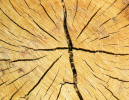
It is important to only use wood that has been split and dried properly. Dry wood lights faster, burns better and produces less smoke than green wood which highly contributes to the formation of creosote.
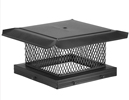
A cap prevents water, leaves, birds and even raccoons from entering your home. All chimneys should have a cap. A cap also prevents that the inside of your chimney freezes in the winter, thus avoiding cracks in the masonry.
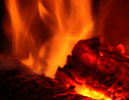
Make small fires to heat. Feed it regularly with split wood. Do not let it fester. A smouldering fire produces more smoke and therefore more creosote.
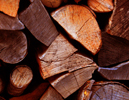
Buy your wood in spring and pile it. You should only cover the top of the pile and not the sides of the cord to allow air to circulate between the pieces. One summer should be enough for the wood to dry thoroughly.

Waste, plastics, chipboard, plywood, pieces of painted or treated wood produce toxic chemicals when burned. Do not use any of the above in your fireplace.
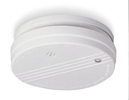
Install carbon monoxide detectors and smoke alarms, according to the National Fire Code of Canada and keep a fire extinguisher near the stove or fireplace.
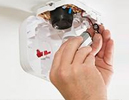
Changing the batteries in your smoke detector at the same time that we switch to daylight savings time is a simple habit that guarantees the good functioning of your smoke detector all year long.
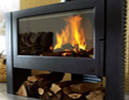
Do not overload your stove or fireplace with wood. The air must be able to move so that the fire burns cleanly.


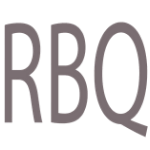 8349.1357.01
8349.1357.01
 1178718556
1178718556
 Membre de l'APC
Membre de l'APC
 Membre de l'ARPC
Membre de l'ARPC